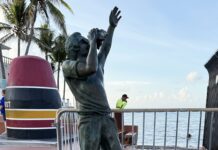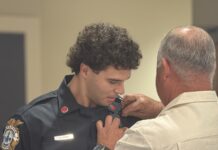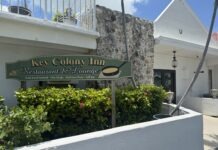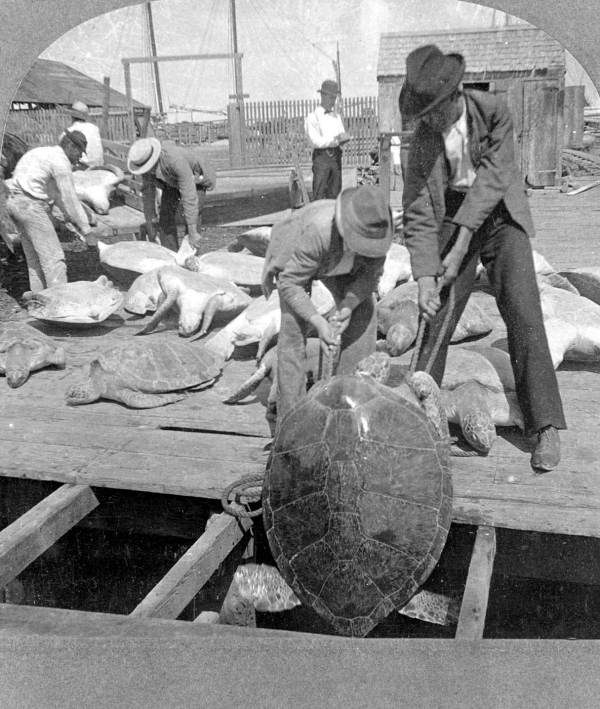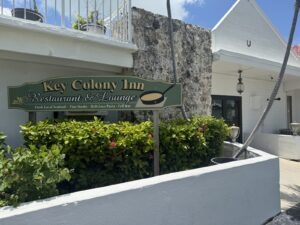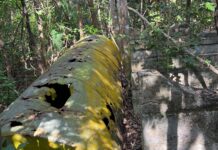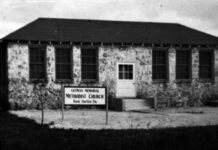According to Merriam-Webster, kraal is defined as “an enclosure for animals especially in southern Africa.” In the Keys, the word is most closely associated with the pens used to corral turtles. In 1832, John James Audubon observed, “Each turtler has his crawl which is a square wooden building or pen, formed of logs, which are so far separated as to allow the tide to pass freely through, and stand erect in the mud. The turtles are placed in the enclosure, fed and kept there until sold.”
Before the days of refrigeration, turtle kraals were necessary because the best way to keep protein fresh was to keep it alive. Kraals can still be seen at the Key West Bight Marina. Key West was once the international hub for the processing and canning of turtle and turtle products. Green turtles were the targeted species. They were named not for their outward color, but for the color of the layer of fat found beneath the shell that rendered the tastiest stock for the soup that grew to attain worldwide popularity.
In the 1800s, turtle kraals could be found from the Dry Tortugas to Indian Key. At Indian Key, the kraal was contained beneath a dock that stretched from a house most famously remembered as the Perrine House. In the Dry Tortugas, the moat surrounding Fort Jefferson was occasionally used as a turtle kraal. The Middle Keys’ Crawl Key was so named for the turtle kraals once found there. It is located between Grassy Key and Long Point Key at approximately MM 56.5. An 1873 survey map by Charles Smith spells the island’s name Kraal Key.
Armand Granday, a French chef, found the first real success operating a cannery in the Keys. In 1910, Norberg Thompson purchased the operation. “At the time the industry was first started, Mr. Granday secured his turtles from the water about Key West, but they became so scarce in these waters that the turtles used in the manufacture of the soup are now caught in the Caribbean Sea along the Gulf of Mexico, with some from the coast of Nicaragua (Norberg Thompson, 1914, The New and Greater Key West told in picture and story).”
Green turtles became one of 60 “possibly endangered species” in 1964. The first catch restrictions were implemented in 1971. Today, all sea turtles are protected by the Federal Endangered Species Act of 1973.
Brad Bertelli is curator of the Keys History & Discovery Center.

